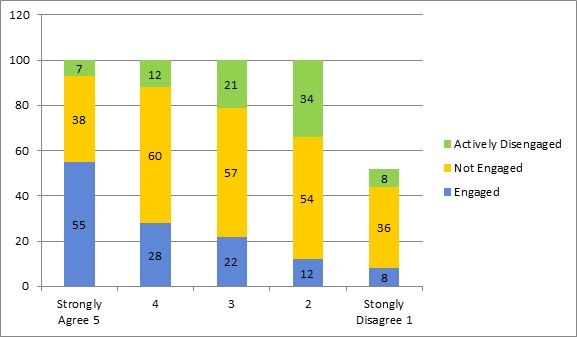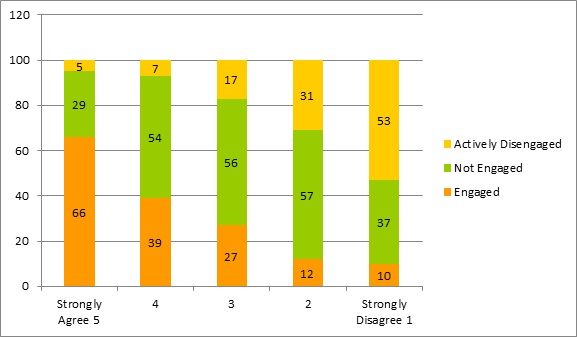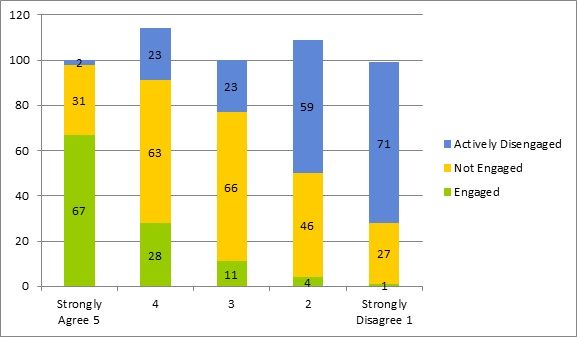
This is the third blog in a series of three that focuses on factors that relate to workforce productivity. The concepts and data reflected here are taken from Gallup research published in “State of the American Manger: Analytics and Advice for Leaders, 2015.” [See the preceding two articles in the series Are You a Staffing Thief? and Do You Have the Secret Sauce?]
So what is it about managers’ behaviors that cultivate an engaged workforce? What are the management behaviors that employees long for? Gallup’s research reveals three behaviors that have the power to drive workforce engagement: good communication, performance management and a focus on employee strengths.
Communication – listening, talking, caring:
Employees crave communication with their manager, whether face-to-face, via phone, or electronically. The most effective managers used a combination of these methods to communicate with their employees on a daily basis. And life outside work is an important topic of conversation. Employees who gave the highest rating to the statements “I feel I can talk with my manager about non-work-related issues” and “I feel I can approach my manager with any type of question,” are those who are the most engaged.
Figure 1 “I feel I can approach my manager with non-work issues.”
Performance management – frequently addressing priorities and performance goals:
Clarity of expectations is one of the most basic of employee needs, and one of the most vital to performance. This is not a once-a-year discussion, but periodic, ongoing dialog between manager and employee with regard to setting work priorities and performance goals. The better employees perceive that their managers are at that, the higher their sense of engagement.
Figure 2 “My manager helps me set work priorities.”
Emphasis on employee strengths rather than weaknesses:
While most managers focus on improvement plans to remediate workers’ gaps and weaknesses, the manager behavior indicative of engagement is to focus on employees’ strengths. The placement of a worker in a job that allows them to use their natural talents, skills and knowledge to build and apply their strengths results in excellent employee engagement.
Figure 3 “My manager focuses on my strengths.”
To learn more about how other Life Science companies have partnered with us to overcome hurdles and capacity issues, leveraged assessment tools in talent selection and tapped into our skilled professional talent pool, contact me at 612.703.4236 or email me at: pnorbom@talencio.com. Talencio, LLC has been the preferred provider of vetted, accomplished professionals to the Life Sciences community for more than seven years.
Sources:
Gallup, Inc. State of the American Manger: Analytics and Advice for Leaders, 2015
Inc.com, Ariana Ayu, The Enormous Cost of Unhappy Employees, August 27, 2014



